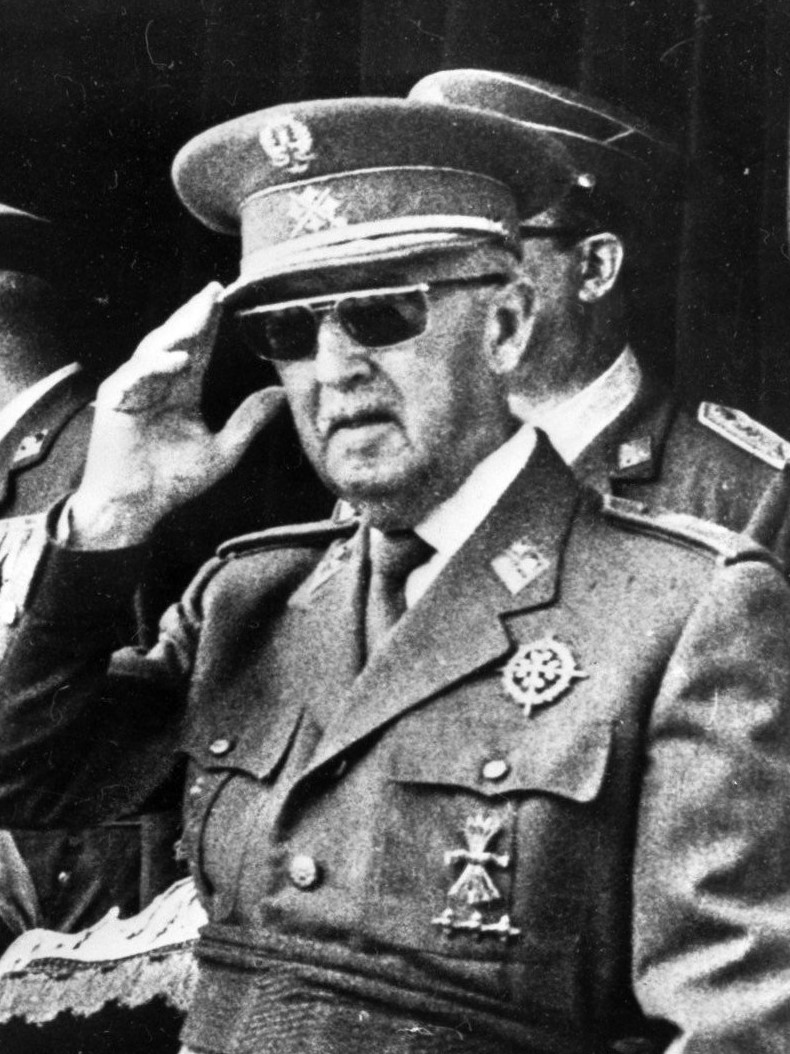Francos legacy
Unlike most rulers of rightist authoritarian regimes, Franco provided for the continuity of his government after his death through an official referendum in 1947 that made the Spanish state a monarchy and ratified Franco’s powers as a sort of regent for life. In 1967 he opened direct elections for a small minority of deputies to the parliament and in 1969 officially designated the then 32-year-old prince Juan Carlos, the eldest son of the nominal pretender to the Spanish throne, as his official successor upon his death. Franco resigned his position of premier in 1973 but retained his functions as head of state, commander in chief of the armed forces, and head of the “Movement.”
Franco was never a popular ruler and rarely tried to mobilize mass support, but after 1947 there was little direct or organized opposition to his rule. With the liberalization of his government and relaxation of some police powers, together with the country’s marked economic development during the 1960s, Franco’s image changed from that of the rigorous generalissimo to a more benign civilian elder statesman. Franco’s health declined markedly in the late 1960s, yet he professed to believe that he had left Spain’s affairs “tied and well-tied” and that after his death Prince Juan Carlos would maintain at least the basic structure of his regime. After Franco’s death in 1975 following a long illness, his body was interred in the Valley of the Fallen, a massive mausoleum northwest of Madrid that houses the remains of tens of thousands of casualties from both sides of the Spanish Civil War. Almost immediately, Juan Carlos moved to dismantle the authoritarian institutions of Franco’s system and encouraged the revival of political parties. Spain had made great economic progress during the last two decades of Franco’s rule, and within three years of his death the country had become a democratic constitutional monarchy, with a prosperous economy and democratic institutions similar to those of the rest of western Europe. In 2019 Franco’s body was exhumed and reburied in a family crypt near El Pardo, the palace outside Madrid that had served as his official residence throughout his reign.

